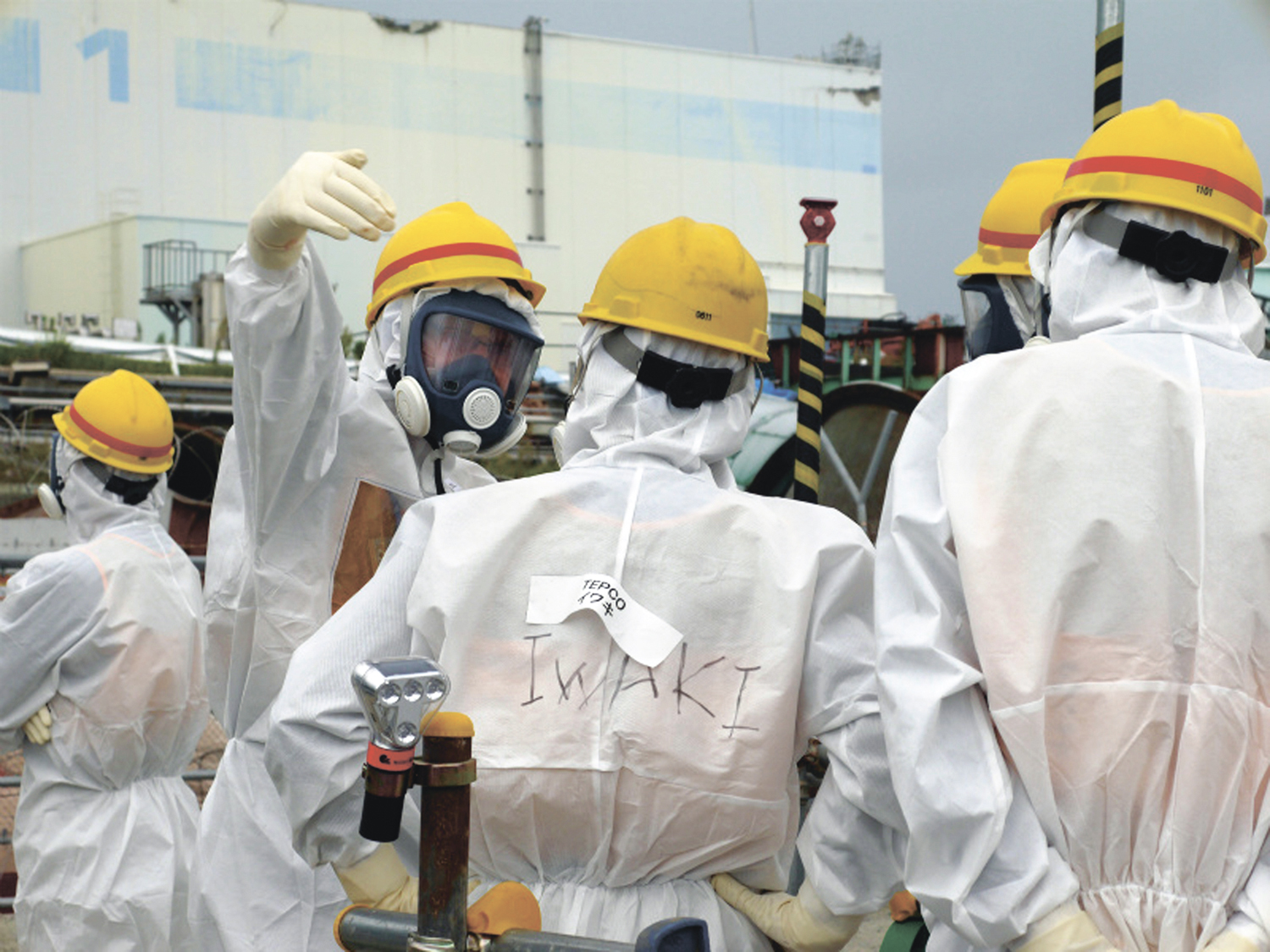It is extremely likely that coolant water injected by fire trucks into the wrecked reactors of the Fukushima No. 1 nuclear plant immediately after the 2011 catastrophe did not fully reach the cores, Tokyo Electric Power Co. has admitted.
If all of this coolant water had been successfully injected into the three reactor cores, the melting of the fuel inside could have been slowed down, Tepco conceded Friday.
Tepco, which has been looking into developments at the plant in the early days of the disaster, said Friday it has confirmed that coolant water pumped in by fire trucks flowed into some pipes that didn't lead to the cores of reactors 1 to 3, which suffered meltdowns.
It said the amount supplied by fire trucks as an emergency measure was several times that needed to cool reactor cores, but part of the coolant water was diverted to pipes not connected to the cores. Tepco also admitted workers could not operate valves to keep the coolant water from flowing into the wrong pipes due to sky-high radiation levels.
The company examined water flow in the reactor pipes after confirming the existence of a vast amount of water at a steam condenser of the reactor 2 building in late March 2011.
Tepco also said it is possible that the amount of water injected into the core of reactor 3 had fallen before workers manually stopped a high pressure coolant injection system.
As for the sharp fall in pressure of the reactor 3 pressure vessel on March 13, 2011, Tepco said it is probable that a valve opened to reduce pressure as the automatic decompression system was turned on unintentionally. The company had previously suggested the pressure vessel had a hole.




